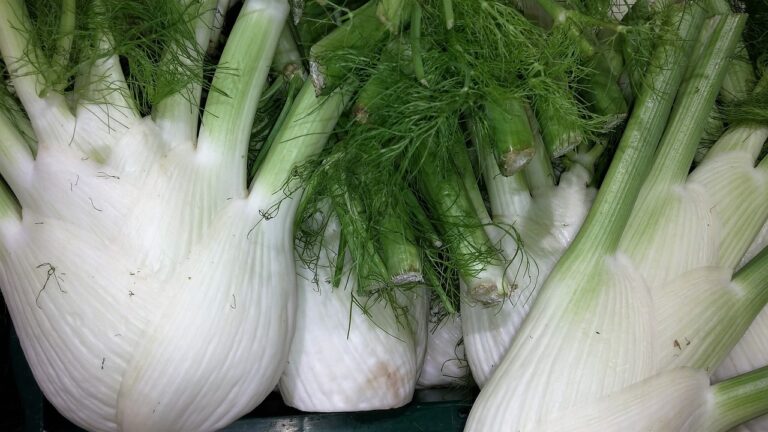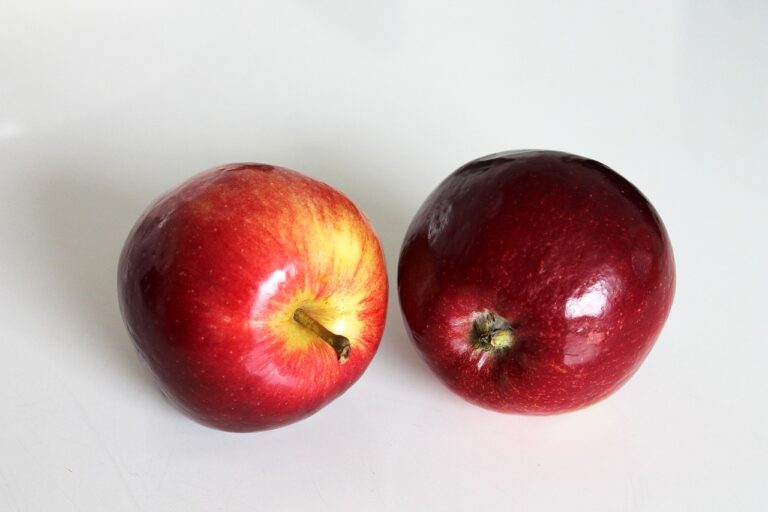The Health Benefits of Aromatherapy and Essential Oils
Aromatherapy has been used for centuries as a natural healing practice. Its origins can be traced back to ancient civilizations like the Egyptians, Greeks, and Romans, who valued the therapeutic properties of essential oils derived from plants. These early civilizations believed in the power of aromatic plants to treat various ailments and enhance overall well-being.
In the 20th century, French chemist René-Maurice Gattefossé is credited with coining the term “aromatherapy.” Gattefossé’s interest in essential oils was sparked when he experienced the healing properties of lavender oil after burning his hand in a laboratory accident. His research and writings on the subject helped popularize aromatherapy as a holistic approach to health and wellness.
How Essential Oils are Extracted
To extract essential oils from plants, various methods are utilized depending on the plant material and the desired end product. One common technique is steam distillation, where steam is passed through the plant material, causing the essential oils to evaporate. The steam and oil mixture is then condensed, separating the oil from the water, yielding the essential oil.
Another method is cold pressing, typically used for citrus fruits that have oil-rich peels. In this process, the fruit peels are mechanically pressed to release the essential oils. This method is preferred for oils that are sensitive to heat and can be damaged by the high temperatures used in steam distillation. Cold pressing ensures a higher quality oil with better retention of its natural aromatic compounds.
The Science Behind Aromatherapy
Aromatherapy is a holistic healing practice that harnesses the therapeutic benefits of essential oils to promote physical and psychological well-being. The science behind aromatherapy lies in the powerful aromatic compounds found in these oils, which can stimulate the limbic system in the brain, responsible for emotions, behaviors, and memories. When inhaled or applied topically, these aromatic molecules interact with our bodies at a cellular level, influencing our physiology and mood.
Essential oils are believed to have antimicrobial, anti-inflammatory, and antioxidant properties, making them valuable tools in promoting overall health and wellness. Through the process of aromatherapy, these volatile oils can enter the bloodstream and reach different parts of the body, providing various therapeutic effects. Research has shown that certain essential oils can help reduce stress, improve sleep quality, alleviate pain, and even boost cognitive function.
• Aromatherapy harnesses the therapeutic benefits of essential oils
• Essential oils contain powerful aromatic compounds that stimulate the limbic system in the brain
• Inhaling or applying essential oils can influence our physiology and mood at a cellular level
• Essential oils have antimicrobial, anti-inflammatory, and antioxidant properties
• Through aromatherapy, essential oils can enter the bloodstream and provide therapeutic effects
• Research has shown that essential oils can reduce stress, improve sleep quality, alleviate pain, and boost cognitive function
What is the history behind aromatherapy?
Aromatherapy dates back thousands of years, with ancient civilizations like the Egyptians, Greeks, and Romans using essential oils for their healing properties.
How are essential oils extracted for use in aromatherapy?
Essential oils are extracted through methods like steam distillation, cold pressing, and solvent extraction, depending on the plant material being used.
What is the science behind aromatherapy?
Aromatherapy works through the inhalation or topical application of essential oils, which can have a direct impact on the limbic system of the brain, influencing emotions and overall well-being.







